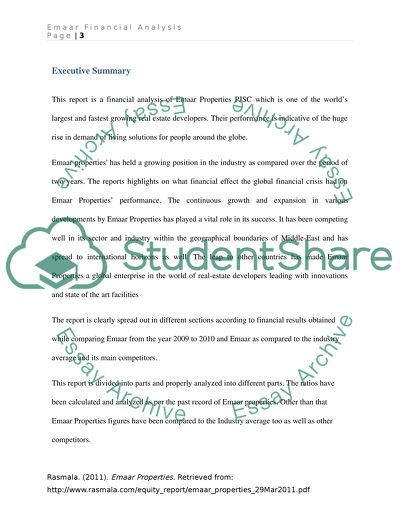Cite this document
(“Emaar Properties PJSC Coursework Example | Topics and Well Written Essays - 4000 words”, n.d.)
Retrieved from https://studentshare.org/finance-accounting/1397039-financial-statement-analysis
Retrieved from https://studentshare.org/finance-accounting/1397039-financial-statement-analysis
(Emaar Properties PJSC Coursework Example | Topics and Well Written Essays - 4000 Words)
https://studentshare.org/finance-accounting/1397039-financial-statement-analysis.
https://studentshare.org/finance-accounting/1397039-financial-statement-analysis.
“Emaar Properties PJSC Coursework Example | Topics and Well Written Essays - 4000 Words”, n.d. https://studentshare.org/finance-accounting/1397039-financial-statement-analysis.


